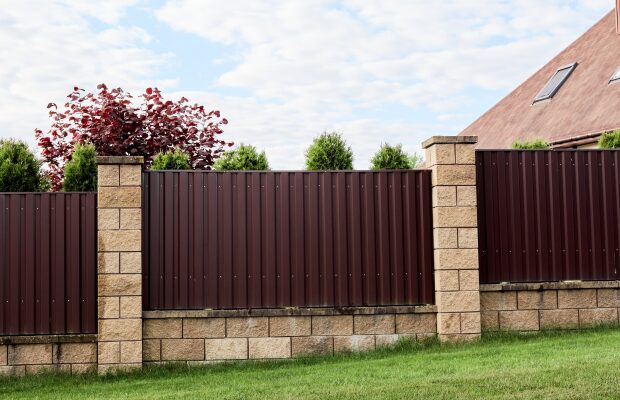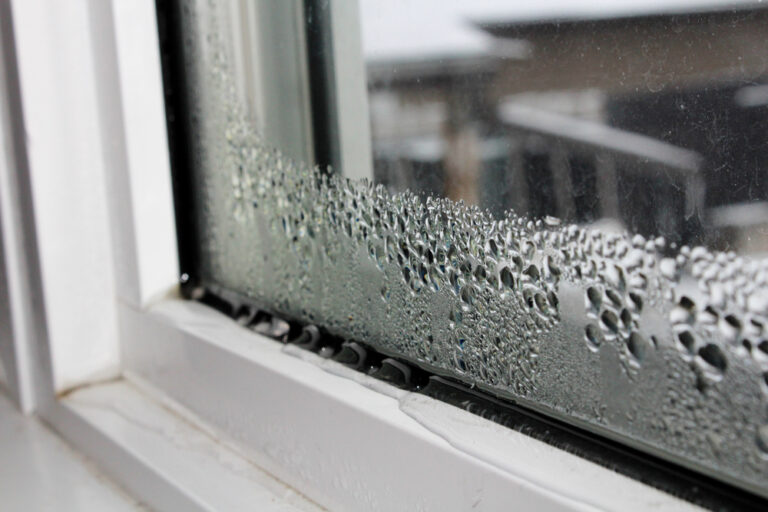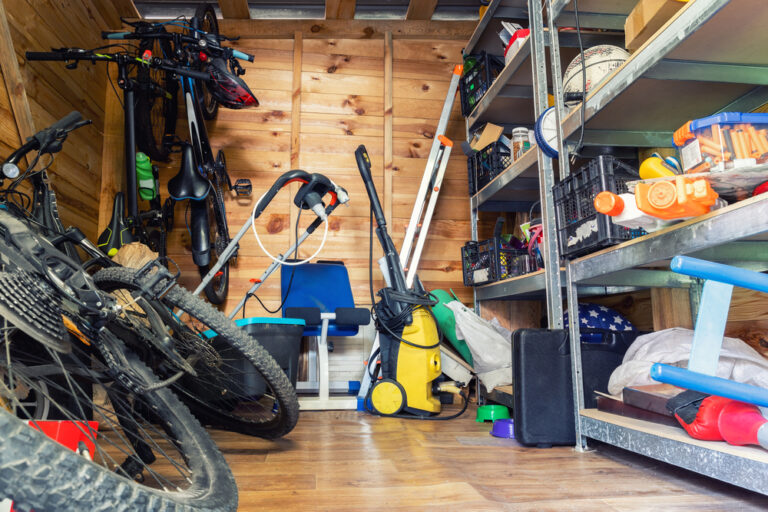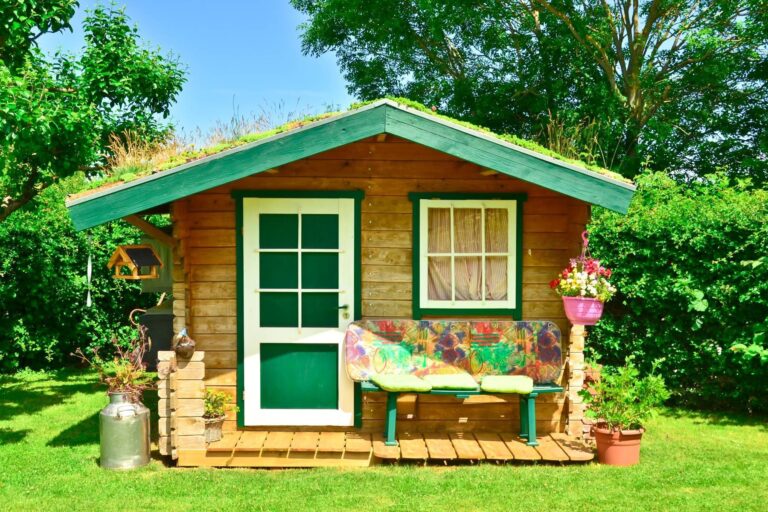Sustainable gardening is becoming more and more popular as the drive towards halting climate change gathers pace.
Creating an eco-garden is easier than you think, too, and there are lots of small changes you can make that will have a big collective impact.
Read on for great tips on how you reduce your garden’s environmental impact and transform it into an eco-friendly haven for wildlife.
How can I make my garden eco-friendly?
The easiest way to reduce your garden’s impact on the environment is to use fewer natural resources and pollutants.
For your garden to become instantly more eco-friendly, you should:
- Use less tap water by making use of rainwater to feed your garden
- Cut back on your use of pesticides and chemicals
- Use native plants that encourage more wildlife
- Look after your soil and make your own compost
What are the most environmentally friendly plants?
The most environmentally friendly plants are the ones that encourage pollination and strip carbon monoxide from the atmosphere, such as:
- Trees
- Lavender
- Allium
- Cotoneaster
- Foxglove
- Lupin
- Lambs Ears
- Geraniums
- Wisteria
Creating your own eco-friendly garden
Getting started on your eco-friendly garden couldn’t be easier – just follow these great eco-friendly gardening tips!
1. Go for native planting
Using native plants, such as wildflowers, will not only encourage UK wildlife to spend time in your garden, but also cut down on the amount of feed and water you’re using.
Native plants are also more likely to survive the variety in UK weather, meaning you’ll save money on replacing them, too.
2. Boost your soil’s health
Soil is vital for sustained plant growth and garden health.
And from an environmental perspective, it plays a key role in trapping and storing carbon.
By improving your soil quality, your garden will be more eco-friendly, and you’ll be doing your bit for the environment with minimal effort.
Because soil stores carbon, only dig when you’re planting.
And add a thick layer of natural, peat-free compost at least once a year to allow soil-based creatures like worms to carry it down into the roots – improving structure and boosting nutrients to plants.
3. Hold off on mowing your lawn
A crisp, neatly mowed lawn is any gardener’s pride and joy.
But regular mowing means more watering to sustain growth throughout the summer.
And if you’re using a petrol mower, you’ll be increasing your carbon footprint throughout the warmer months.
By allowing your lawn to grow and leaving the grass high when mowing, you’ll keep the soil beneath the grass cooler – meaning less water is required in the summer.
You’ll also encourage more wildlife with a longer lawn, providing small havens and hiding places for a huge variety of small creatures.
4. Landscape a ‘dry’ garden
A great way to conserve water is by planting a ‘dry’ garden.
Dry gardens are based around planting that flourishes in warm, sunny conditions, requiring hardly any water.
Plants that will flourish in a ‘dry’ garden include:
- Foxtail lilies
- Bearded iris
- Lavender
- Knautia Macedonica
- Teasels
- Passionflowers
5. Plant flowers full of nectar
Pollination is key to biodiversity and by planting nectar-rich flowers in your eco garden, you’ll be helping to reverse a dramatic fall in the number of bees.
Butterflies and moths will also be attracted to a garden rich in pollen, helping your garden to thrive.
To encourage more butterflies, plant Buddleia and lavender in sheltered but warm spots of your garden.
To bring in the bees, meanwhile, try planting:
- Bluebells
- Crab apples
- Forget-me-not
- Primrose
- Rhododendron
- Rosemary
- Foxglove
- Snapdragon
- Heather
- Ivy
- Lavender
6. Stay away from pesticides
One of the major problems with many UK gardens is the amount of chemicals and pesticides used to maintain them.
Gardening companies have caught on to the drive towards sustainability and now offer many pesticide-free, organic products to feed plants, reducing the impact on beneficial insects.
But many of those products use plastic containers, so for increased sustainability, look for liquid feeds that come in 100% recyclable bottles.
You can also use natural methods to reduce the need for chemicals, including:
- Removing greenfly with a quick blast of water
- Covering plants to eliminate caterpillar damage
- Encouraging hedgehogs into your garden to control slugs
- Growing onions and chives around roses to reduce blackspot
7. Make the most of wet weather
We get plenty of rain here in the UK, so why not put all that wet weather to good use by purchasing a water butt.
By collecting rainwater from your property’s downpipes, you’ll be able to dramatically reduce the amount of water you use to care for your garden.
As well as rainwater, try to avoid using sprinklers for long periods of time – instead using only the water you need via a watering can.
8. Install a bird feeder
Encouraging more bird life to your garden will help it become more biodiverse.
Hang a bird feeder to draw in some feathered friends and remember to pair your feeder with natural foods like berries from evergreen shrubs.
Holly and guelder rose are great for this.
Finally, always continue to provide bird food during the winter and this will help ensure they return every year.
9. Grow your own veg
Growing your own vegetables in a sustainable way is fun and will you give a great sense of achievement – as well as reducing your carbon footprint.
By growing your own food, you’ll be reducing the miles spent driving to the supermarket, as well as reducing the travelling impact of food deliveries.
Great fruit and veg to start with includes runner beans, squashes, courgettes, kale, tomatoes, and pak choi.
10. Plant some trees
Trees are one of the best absorbers and storers of carbon – and each one planted makes a big difference to the planet.
If you have space, consider planting at least one tree in your eco-friendly garden.
Great options include:
- Acers
- Himalayan birch
- Apple, pear, or cherry trees
- Hawthorn
- Japanese maple
11. Use hedging to create boundaries
Hedges can absorb pollutants and are great for creating boundary lines between neighbouring properties.
Evergreen options like yew will create a thick border between your home and your neighbours, while also encouraging wildlife through food and shelter.
12. Start composting
Shop-bought compost that contains peat has a big impact on the environment because of the way peat is extracted.
But it’s possible to create your own nutritious compost from many items that would otherwise be wasted.
Find a corner of your garden that’s receives a little sun and create a pile of compost by adding:
- Grass clippings
- Fruit and veg peel
- Prunings from plants
- Hedge trimmings
- The contents of your vacuum cleaner
- Cardboard
- Shredded newspaper
Turn the pile every now and again and in around eight months you’ll have a crumbly mixture that’s ready to spread on your soil to keep it healthy.
Further reading…
Does your garden have development potential?







